Andreas Hein
Safe Hierarchical Reinforcement Learning for CubeSat Task Scheduling Based on Energy Consumption
Sep 21, 2023



Abstract:This paper presents a Hierarchical Reinforcement Learning methodology tailored for optimizing CubeSat task scheduling in Low Earth Orbits (LEO). Incorporating a high-level policy for global task distribution and a low-level policy for real-time adaptations as a safety mechanism, our approach integrates the Similarity Attention-based Encoder (SABE) for task prioritization and an MLP estimator for energy consumption forecasting. Integrating this mechanism creates a safe and fault-tolerant system for CubeSat task scheduling. Simulation results validate the Hierarchical Reinforcement Learning superior convergence and task success rate, outperforming both the MADDPG model and traditional random scheduling across multiple CubeSat configurations.
Lessons from a Space Lab -- An Image Acquisition Perspective
Aug 18, 2022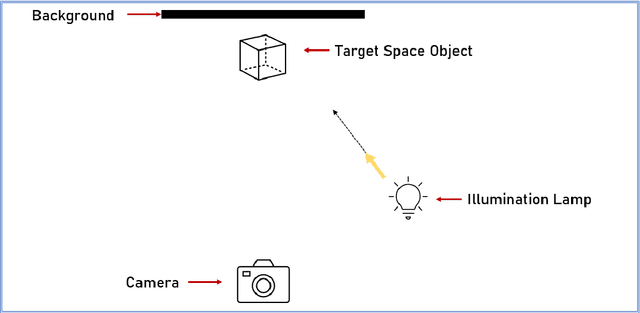
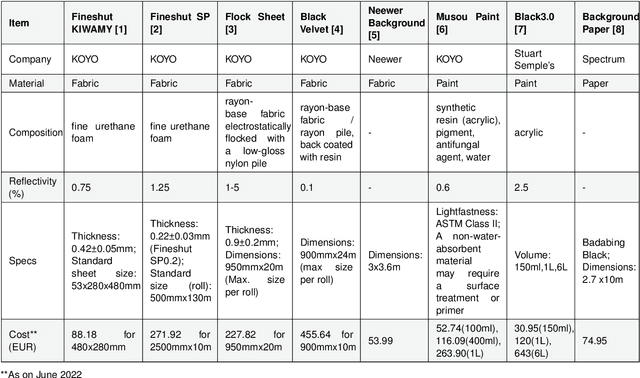
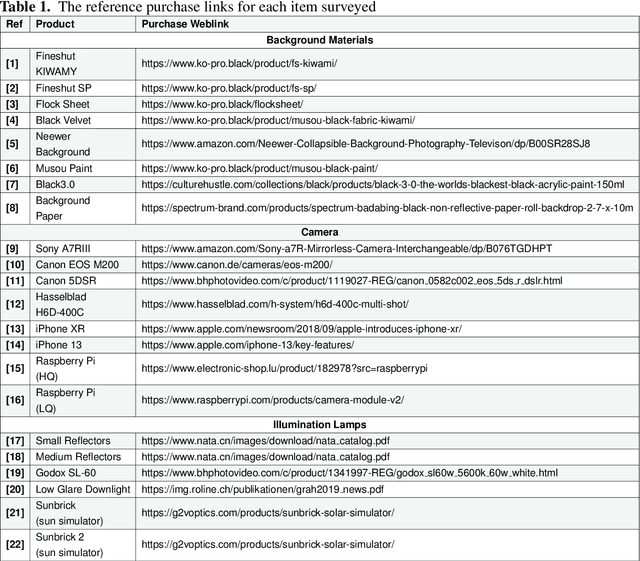
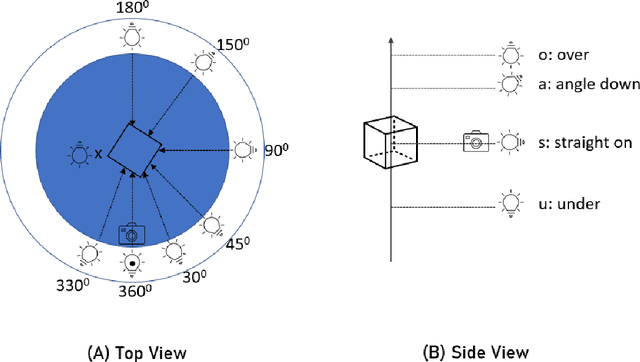
Abstract:The use of Deep Learning (DL) algorithms has improved the performance of vision-based space applications in recent years. However, generating large amounts of annotated data for training these DL algorithms has proven challenging. While synthetically generated images can be used, the DL models trained on synthetic data are often susceptible to performance degradation, when tested in real-world environments. In this context, the Interdisciplinary Center of Security, Reliability and Trust (SnT) at the University of Luxembourg has developed the 'SnT Zero-G Lab', for training and validating vision-based space algorithms in conditions emulating real-world space environments. An important aspect of the SnT Zero-G Lab development was the equipment selection. From the lessons learned during the lab development, this article presents a systematic approach combining market survey and experimental analyses for equipment selection. In particular, the article focus on the image acquisition equipment in a space lab: background materials, cameras and illumination lamps. The results from the experiment analyses show that the market survey complimented by experimental analyses is required for effective equipment selection in a space lab development project.
A modified Genetic Algorithm for continuous estimation of CPR quality parameters from wrist-worn inertial sensor data
Oct 11, 2019



Abstract:Cardiopulmonary resuscitation (CPR) is the most important emergency intervention for sudden cardiac arrest. In this paper, a robust sinusoidal model fitting method based on a modified Genetic Algorithm for CPR quality parameters - naming chest compression frequency and depth - as measured by an inertial sensor placed at the wrist is presented. Once included into a smartphone or smartwatch app, the proposed algorithm will enable bystanders to improve CPR (as part of a continuous closed-loop support-system). By evaluating the precision of the model with both, simulated data and data recorded by a Laerdal Resusci Anne mannequin as reference standard, a variance for compression frequency of +-3.7 cpm has been found for the sensor placed at the wrist. Thereby, this previously unconsidered position and consequently the use of smartwatches was shown to be a suitable alternative to the typical placement of phones in the hand for CPR training.
Transportation Mode Classification from Smartphone Sensors via a Long-Short-Term-Memory Network
Oct 10, 2019


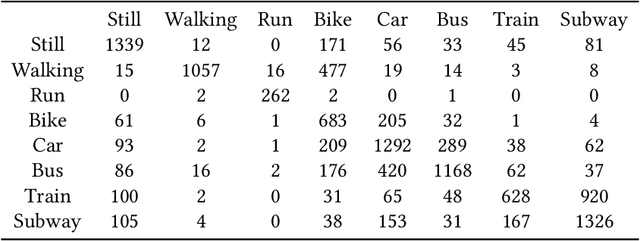
Abstract:This article introduces the architecture of a Long-Short-Term Memory network for classifying transportation-modes via Smartphone data and evaluates its accuracy. By using a Long-Short-Term-Memory Network with common preprocessing steps such as normalisation for classification tasks a F1-Score accuracy of 63.68\% was achieved with an internal test dataset. We participated as Team 'GanbareAM' in the 'SHL recognition challenge'.
Cardiopulmonary Resuscitation Quality Parameters from Inertial Sensor Data using Differential Evolution Fitting of Sinusoids
Aug 31, 2018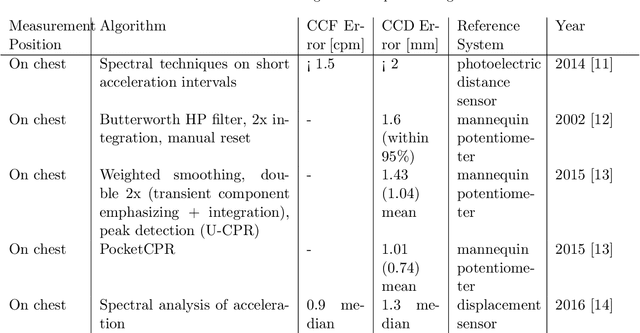
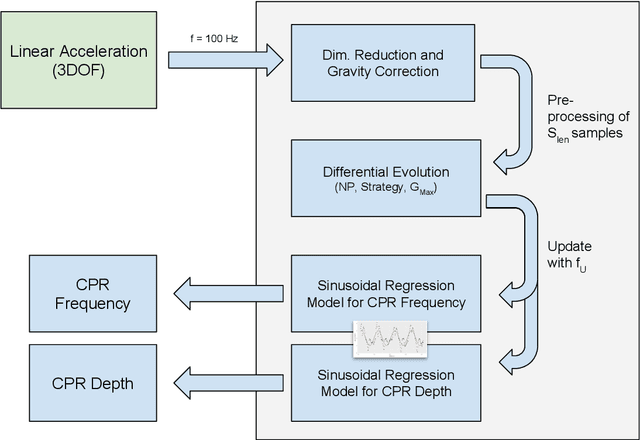
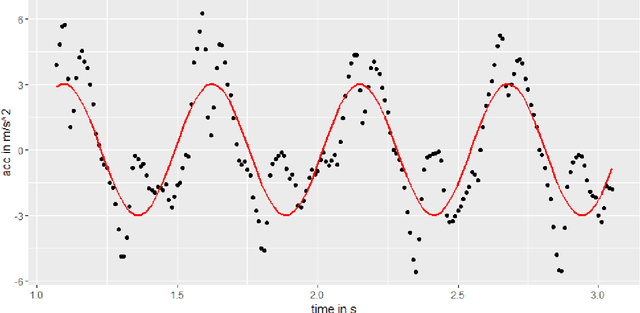
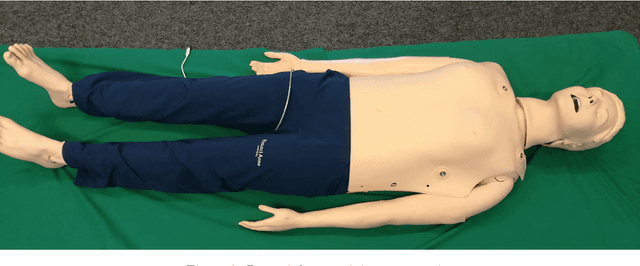
Abstract:In this paper, we present a robust sinusoidal model fitting method based on the Differential Evolution (DE) algorithm for determining cardiopulmonary resuscitation (CPR) quality-parameters - naming chest compression frequency and depth - as measured by an inertial sensor placed at the wrist. Once included into a smartphone or smartwatch app, our proposed algorithm will enable laypersons to improve cardiopulmonary resuscitation (as part of a continuous closed-loop support-system). By evaluating the sensitivity of the model with data recorded by a Laerdal Resusci Anne mannequin as reference standard, a low variance for compression frequency of +-2.7 cpm (2.5 %) has been found for the sensor placed at the wrist, making this previously not evaluated position a suitable alternative to the typical smartphone placement in the hand.
Cardiopulmonary Resuscitation Quality Parameters from Motion Capture Data using Differential Evolution Fitting of Sinusoids
Jun 26, 2018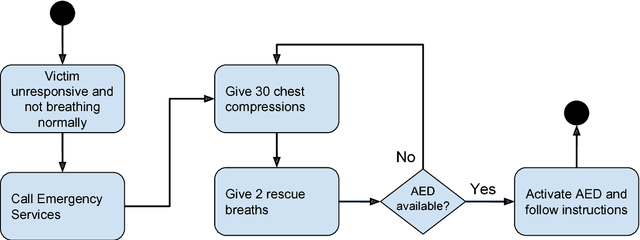
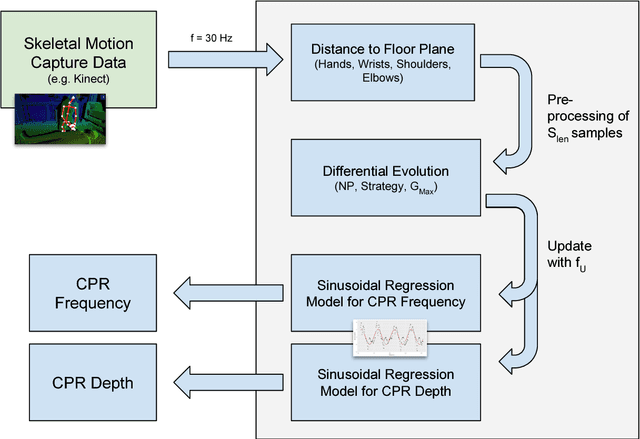
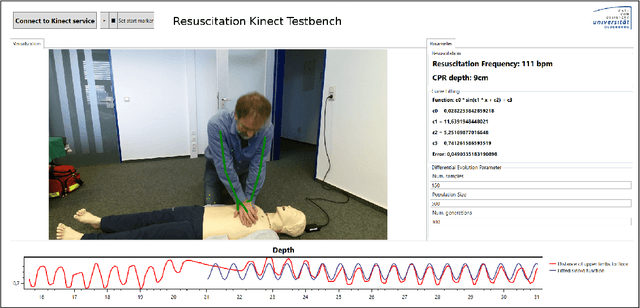
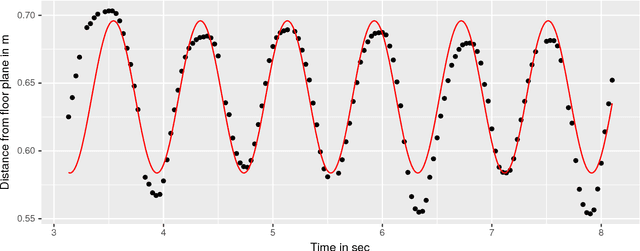
Abstract:Cardiopulmonary resuscitation (CPR) is alongside with electrical defibrillation the most important treatment for sudden cardiac arrest, which affects thousands of individuals every year. In this paper, we present a robust sinusoid model that uses skeletal motion data from an RGB-D (Kinect) sensor and the Differential Evolution (DE) optimization algorithm to dynamically fit sinusoidal curves to derive frequency and depth parameters for cardiopulmonary resuscitation training. It is intended to be part of a robust and easy-to-use feedback system for CPR training, allowing its use for unsupervised training. The accuracy of this DE-based approach is evaluated in comparison with data recorded by a state-of-the-art training mannequin. We optimized the DE algorithm constants and have shown that with these optimized parameters the frequency of the CPR is recognized with a median error of 2.55 (2.4%) compressions per minute compared to the reference training mannequin.
 Add to Chrome
Add to Chrome Add to Firefox
Add to Firefox Add to Edge
Add to Edge